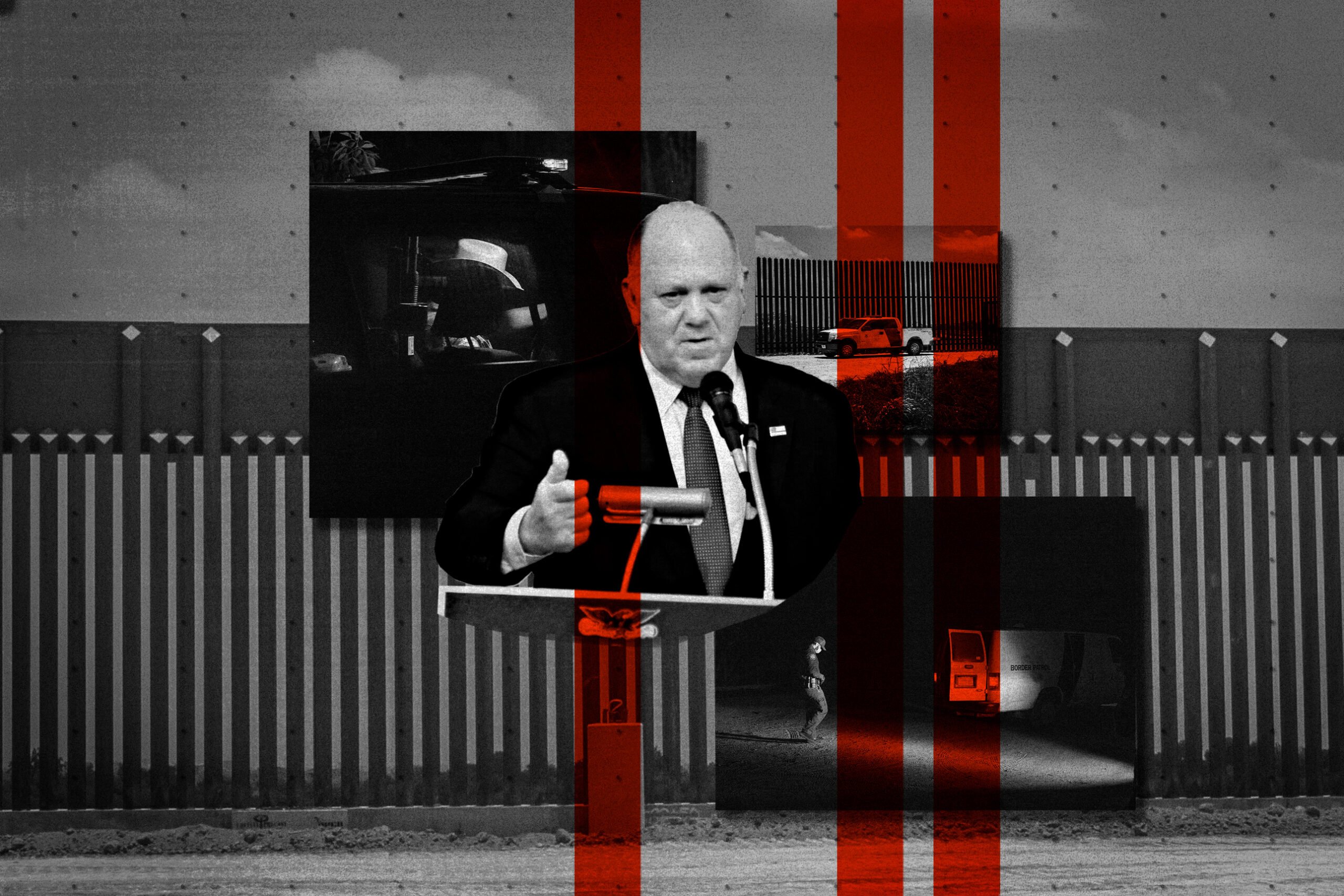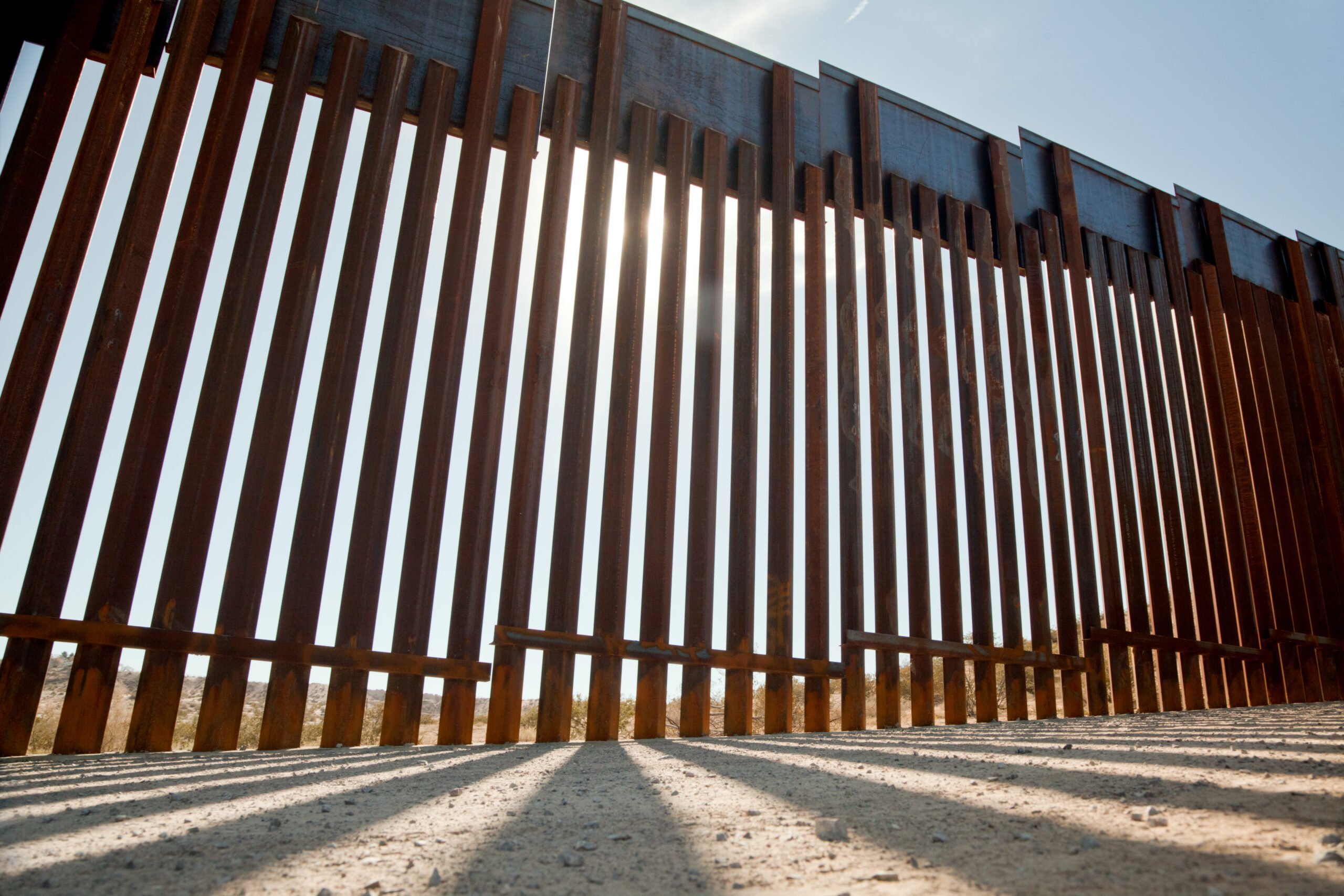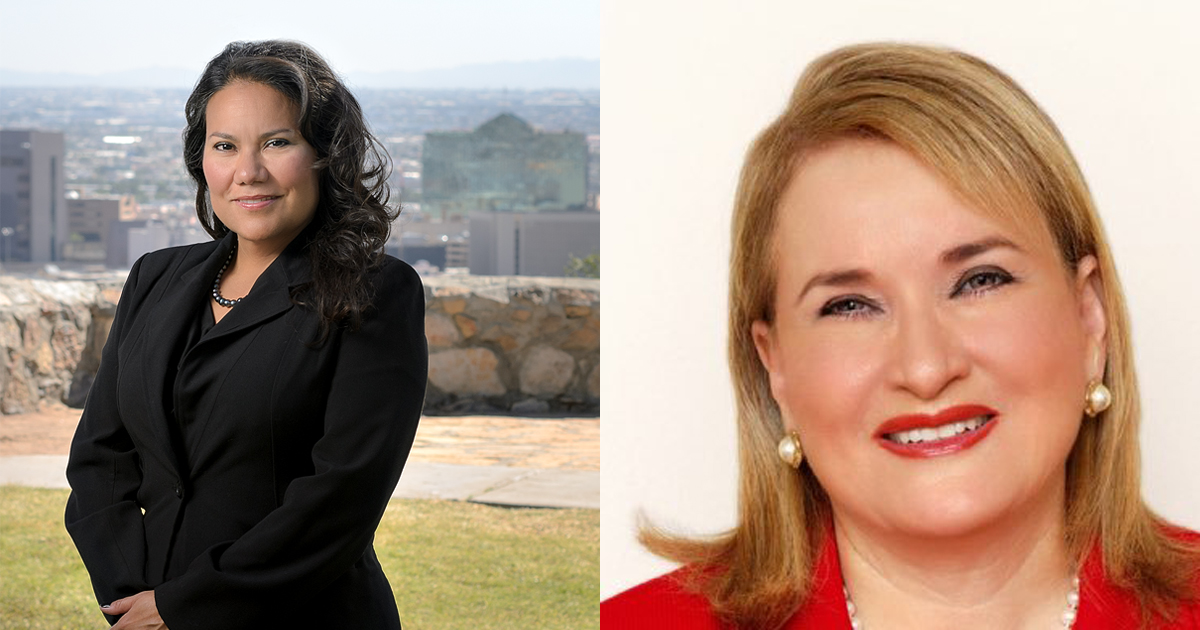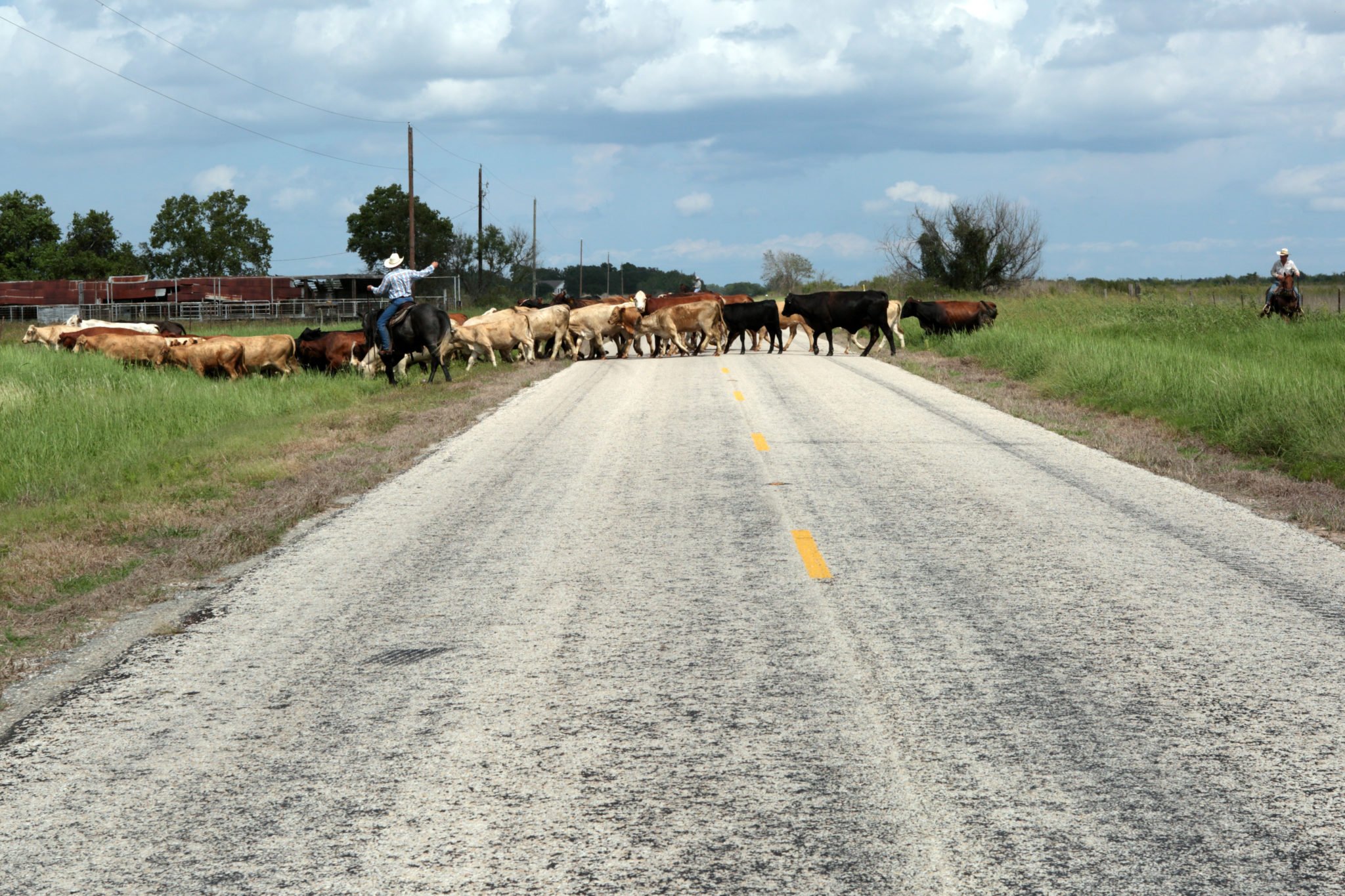
With Trump’s Infrastructure Plan, Rural Texas Could be Left in Disrepair
The president’s proposed budget cuts billions in federal aid for residents of the state’s sparsely populated areas.


Arnie Amaro, the city administrator of La Villa, knows Hidalgo County’s sprawl will eventually reach his town. In the last decade, the border county’s population has exploded from 684,000 to 850,000, transforming scrub brush into South Texas suburbia. But for the moment, La Villa, located on Hidalgo County’s eastern edge about 20 miles north of the U.S.-Mexico border, is a small town with the tax base to match.
“We need to get our infrastructure beefed up and ready,” Amaro said. La Villa’s most pressing need, he said, is expanding the town’s overburdened wastewater treatment plant. But upgrading the facility to accommodate the coming population boom is an expensive undertaking. Generally, cities consider raising property taxes and water rates to fund such capital improvements, but those are difficult propositions for a community where the poverty rate is 36 percent, more than twice the state average.
But La Villa has help. The U.S. Department of Agriculture (USDA), through its Rural Development Office, awards grants and loans to rural communities for a wide range of projects, including economic development, home repairs and infrastructure. Recently, Amaro secured a $4 million deal with the agency to expand the town’s wastewater treatment plant. (About $1.6 million of that amount comes in the form of a grant; the remaining $2.4 million is a low-interest loan).
“Now, $4 million may not seem like much to a large community, but to us, it’s huge,” Amaro told the Observer. “We’re going to take this project on without increasing any taxes or water rates.”
In fiscal year 2016, the USDA awarded 85 grants totaling $29.1 million to rural Texas communities for water and wastewater projects. It also approved about $68 million in loans for those projects last year, agency statistics show. So far this year, the Rural Development Office has awarded grants and loans totaling $42,000 to the water provider serving Study Butte and Terlingua to buy new equipment and a $3.6 million loan to Monahans’ water supply corporation to upgrade wastewater treatment equipment.
Under Trump’s proposed federal budget for 2018, La Villa and those West Texas water providers may be among the program’s final beneficiaries. In 2017, the USDA took on an estimated $492 million in obligations through the initiative, but Trump’s budget proposes taking on no new program obligations in 2018.
“I hear some of the stuff that’s going on up in D.C., and I know all that stuff trickles down to us eventually,” Amaro said. “When you restrict these small communities’ funding, that hamstrings us even more … We need assistance down here. We really do.”
Without federal funding, the equipment at small water facilities eventually will fall into disrepair, a problem exacerbated by the plant continually being run at full capacity. “This existing plant is going to start nickel and diming us, but with wastewater, you’re not talking about nickels and dimes. You’re talking thousands and thousands of dollars,” Amaro said, noting that the city recently replaced two clarifiers (machines that remove particulates from water) to the tune of $30,000.
The president’s budget proposal also suggested massive cuts to other rural development initiatives, such as those involving power lines, internet connectivity and subsidies for rural housing repairs. All told, rural America stands to lose billions in assistance funding if the proposal becomes law.
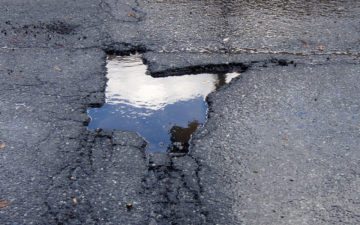
Trump’s plan also has yet to address Texas’ aging infrastructure, despite the fact that the state has more miles of roads as well as more bridges, ports and dams than most others. Some of it’s in bad shape, too, according to the American Society of Civil Engineers, which gave the state’s infrastructure a “C” rating overall in 2012.
This month, a coalition of organizations representing farmers, power providers, banks, schools and other interests sent a letter to the White House to urge support for rural infrastructure funding. “Your effort to make investment in our nation’s infrastructure a priority is critically important and we look forward to working with you to help reinvigorate rural America,” wrote the Rebuild Rural Coalition. At least five of the coalition’s members represent interests in rural Texas: Alliance for I-69 Texas, Texas Ag Industries Association, Texas Elective Cooperatives, Texas Grain and Feed Association and Texas Vegetation Management Association.
Loyd Neal, Nueces County judge and chairman of Alliance for I-69 Texas, said that securing funding for improvements to rural roads can be difficult because few federal transportation dollars are set aside for such projects. Ultimately, communities outside major metropolitan areas must compete with big cities. “They’ve got more congressmen and more representatives and just more dad-gummed people. It’s a tough fight,” Neal said. “Our part in signing that letter was, ‘Texas is a big state and has a lot of rural areas. Don’t forget the rural areas.’”
The Alliance for I-69 project aims to improve existing highways, such as U.S. 77 and 59 in South Texas, so that they meet interstate standards. Neal said improving the roadways will relieve congestion caused by freight traffic on Interstate 35 and better connect small communities to the state’s major hubs. But that work will cost an estimated $18 billion over 25 years, and it’s unclear how Trump’s budget proposal bodes for the project. When I asked Neal, a Republican, whether he thinks the austere spending plan will hurt the I-69 endeavor, he was noncommittal. “I learned a long time ago that the Lord giveth and the Lord taketh away, and the Lord is usually someone in Washington, D.C. In Texas, we try to work with what we have.”
